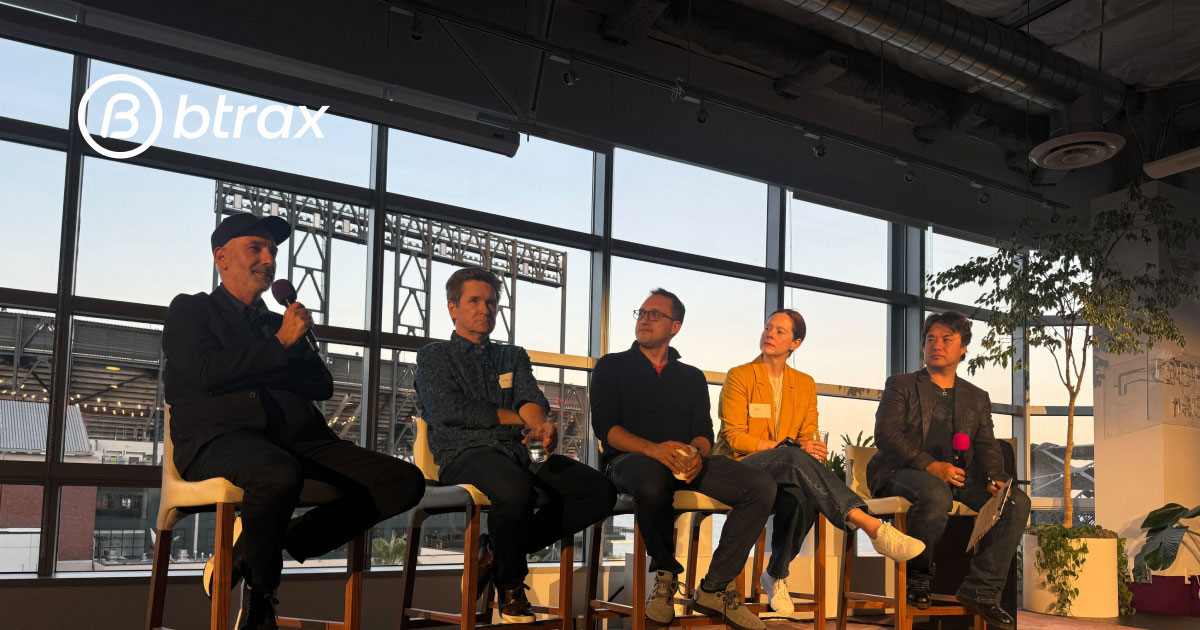
Btrax Design Company > Freshtrax > Celebrating 20 ...
Celebrating 20 Years of Design Evolution: Highlights from btrax’s 20/20 VISION Event
This year marks a significant milestone for btrax as we celebrate 20 years of work crafting innovative design and marketing solutions that empower businesses to succeed in Japan and worldwide.
To commemorate this achievement, we hosted a special event at Lyft HQ in San Francisco, themed 20/20 VISION: The Evolution of Design. The event brought together some of the most influential leaders in the design world for an insightful panel discussion reflecting on the evolution of design and the challenges and opportunities ahead.
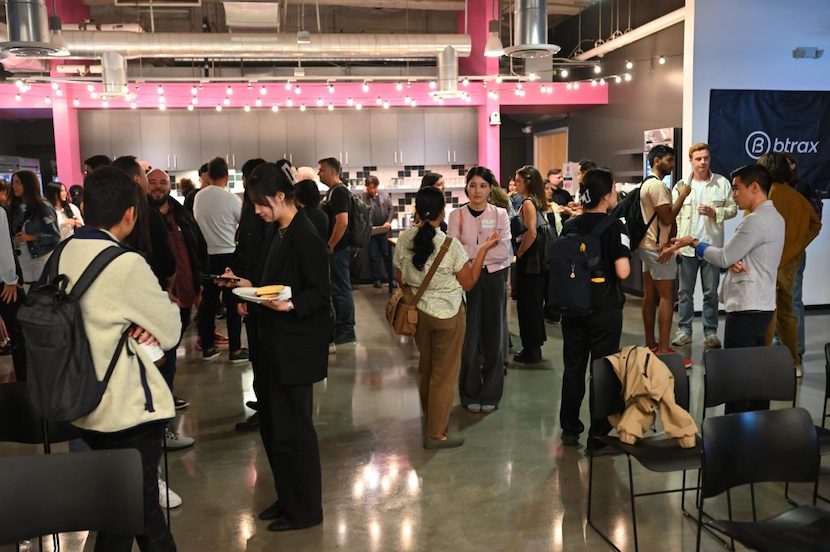
The panel featured:
– Dan Harden, CEO, Founder, and Principal Designer of Whipsaw, whose work has brought over 1,000 products to market.
– Gadi Amit, President and Principal Designer of NewDealDesign, a creative force behind some of the most iconic products of the last two decades.
– Brandon Ramos, Senior Product Design Manager at Lyft, with over 20 years of experience leading teams at major companies like Meta and Weight Watchers.
– Jessica Leitch, Managing Director of frog North America, with 15 years of service design expertise.
Moderating the panel was Brandon Hill, Founder and CEO of btrax.
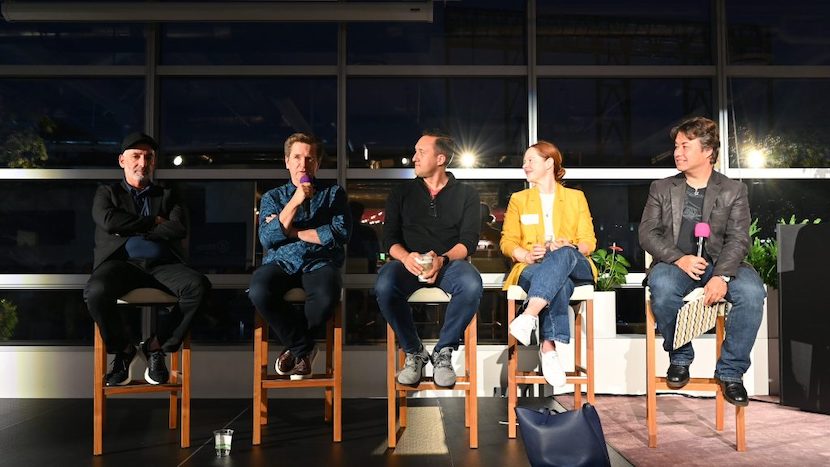
How the Role of Designers Has Changed
The panelists agreed that the role of designers has dramatically evolved over the past 20 years. Once seen primarily as creators of aesthetically pleasing objects, designers now play a critical role in shaping experiences, lifestyles, and business strategies.
Design has grown from being a functional part of product development to a driving force behind decision-making processes. The growing respect for design as a strategic asset has led to designers being more involved in the core decisions of companies.
We used to design beautiful objects, but now we design lifestyles and experiences. Design is no longer a noun, but more like a verb. – Dan Harden
The panel also touched on how the design process itself has shifted. Today, design is more dynamic and collaborative, focusing on solving complex, multifaceted problems rather than simply producing a final product.
AI’s Impact on Design
The topic of artificial intelligence naturally surfaced during the discussion. While AI’s role in design is still in its early stages, the panelists shared varying perspectives on how it may impact the industry.
While it cannot replace human creativity and intuition, factors that remain central to good design, there was consensus that AI can be a powerful tool for accelerating parts of the design process.
We are going to become a curator or manager of AI tools. – Brandon Ramos
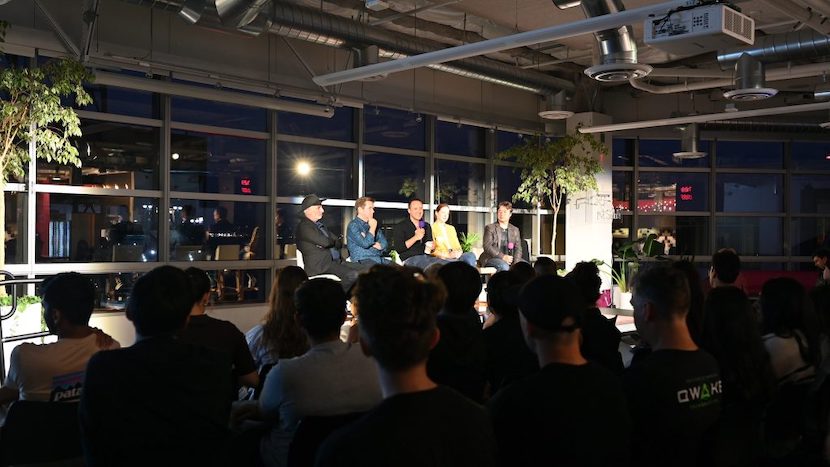
Some panelists expressed concerns about AI’s limitations, particularly around creativity and the potential for it to disrupt cultural values. Others saw AI as an exciting opportunity for designers to evolve, using it to speed up tasks like brainstorming and prototyping, while ultimately guiding and refining the outputs AI generates.
Advice for Emerging Designers
The panelists offered valuable advice for young designers entering the field. One key takeaway was the importance of balancing creativity with an understanding of business dynamics.
AI is not a replacement for good design and creativity. Learn about systems thinking, read science fiction, expand your mind. – Jessica Leitch
Designers are encouraged to think beyond aesthetics and consider the broader economic and strategic goals of the companies they work for. Building a strong foundation in systems thinking and continuously expanding creative horizons were also highlighted as essential skills for the next generation of designers.

Moreover, while AI will continue to evolve, the panelists stressed that it will never fully replace the value of human creativity and critical thinking. Designers should focus on developing their unique style and problem-solving abilities while learning to leverage AI as a tool rather than fearing it as competition.
Looking to the Future: Challenges and Opportunities
The panel concluded by discussing the challenges that lie ahead for the design industry. As the world becomes more digitally driven, one of the main challenges will be addressing the negative consequences of technology, such as screen addiction and over-reliance on digital interactions.
Push back against tech and screen addiction. We’ve been pushing people to use apps, and now we need to fix it. – Gadi Amit
The need for balance between technological advancement and human well-being was a recurring theme, with panelists acknowledging that designers have a responsibility to improve people’s lives through thoughtful, user-centric design.

Looking ahead, the panelists envisioned a future where design will continue to be at the forefront of solving global issues. From addressing social and environmental challenges to creating more sustainable and impactful products, the next 20 years will require designers to think critically and adapt to rapidly changing technologies.
Moving Forward
As we celebrate two decades of innovation, btrax remains committed to leading the way in the evolving design landscape. Our 20/20 VISION event not only reflected on the incredible progress the industry has made but also offered a glimpse into the exciting possibilities for the future.
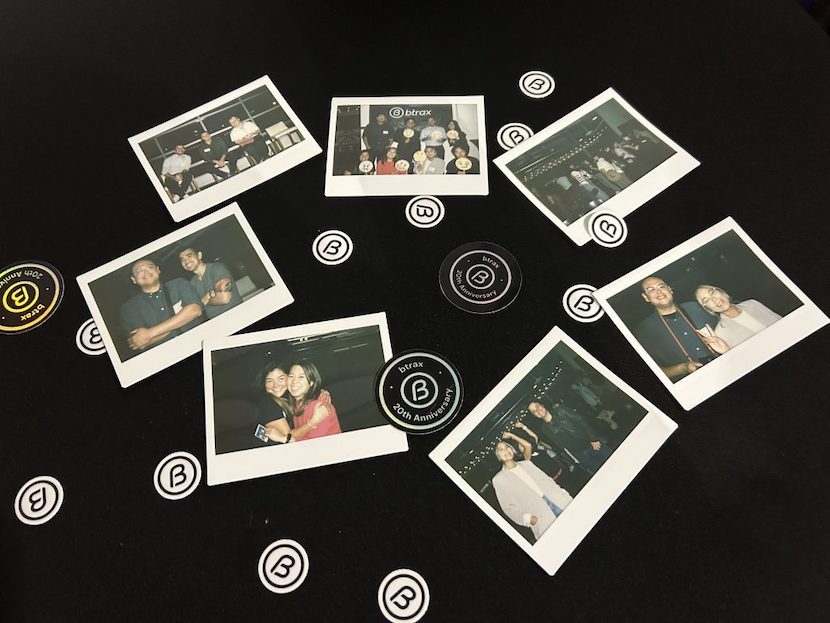
We’re proud to have been part of the design revolution over the past 20 years and look forward to the next chapter, where creativity, technology, and human-centered thinking will continue to shape the world.







